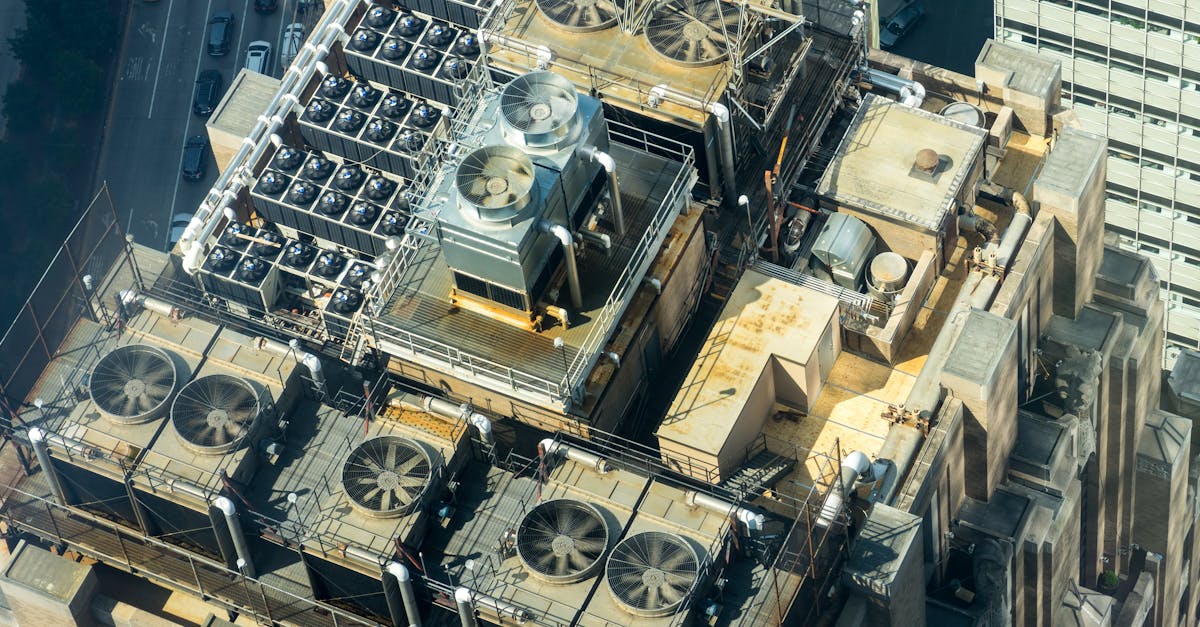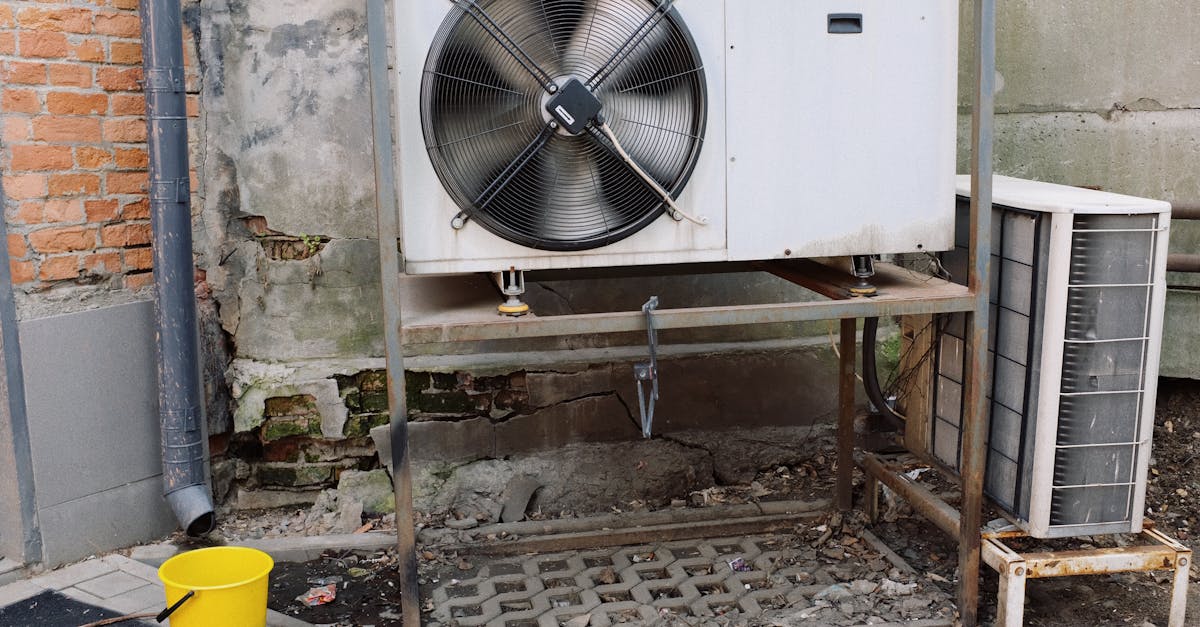
Energy Efficiency and Longterm Savings
Investing in a ventilation system can significantly enhance energy efficiency in a home. Proper airflow and temperature regulation reduce the strain on heating and cooling units. In many cases, this leads to lower energy consumption, which translates to reduced utility bills. Over time, homeowners may see a return on investment that surpasses the initial installation costs. Regular maintenance further ensures that the system operates optimally, maximizing energy savings.
When considering Ventilation System Installation and Repair in a residence, homeowners should factor in the long-term savings associated with energy-efficient systems. These systems often meet high-performance standards, leading not only to improved air quality but also to substantial cost savings in the long run. Aligning the choice of ventilation with energy-efficient practices can enhance overall comfort while decreasing environmental impact.
Impact on Utility Bills
Installing a ventilation system can lead to significant changes in utility bills over time. A well-designed system promotes better air circulation, which can enhance heating and cooling efficiency. This efficiency tends to lower energy consumption, potentially resulting in reduced monthly expenses. Homeowners often notice a considerable difference once the system is operational. Improved air quality can also lead to a more comfortable living environment, indirectly influencing overall energy use.
When considering Ventilation System Installation and Repair in your home, it's advisable to assess how the upfront costs align with potential long-term savings on utility bills. Energy-efficient systems often qualify for rebates or tax incentives, making them an appealing option for budget-conscious homeowners. By evaluating the expected return on investment, homeowners can make informed decisions that not only improve indoor air quality but also support ongoing savings.
Local Regulations and Permits
Local regulations and permits play a vital role in the installation of any ventilation system. Different areas may have unique building codes that dictate the requirements for ventilation systems. Homeowners must research their local laws before starting a project to ensure compliance. Obtaining necessary permits can prevent future legal issues and complications during installation.
For those considering Ventilation System Installation and Repair in a residential or commercial property, it's essential to understand local requirements thoroughly. Failing to adhere to regulations can result in fines or the need to dismantle an improperly installed system. Engaging with local authorities early in the planning process can provide clarity on what needs to be done.
Compliance Requirements
Compliance with local regulations is critical when installing a ventilation system. Often, municipalities have specific requirements regarding the installation of HVAC systems to ensure safety and efficiency. These regulations may dictate the type of materials used, the system's installation method, and the overall design to meet safety codes. It is essential to review and understand these guidelines before starting the installation process to avoid potential fines or rework.
Obtaining the necessary permits is another important aspect of compliance. Local authorities usually require building permits for installation projects, which include ventilation system installation and repair in residential and commercial properties. Failing to secure these permits can lead to complications during inspections, impacting the effectiveness of the installation and potentially resulting in costly adjustments. Engaging a knowledgeable contractor familiar with local laws can greatly simplify this process.
Choosing the Right Contractor
Finding the right contractor for ventilation system installation and repair in your home is crucial for ensuring that the system is installed correctly and functions efficiently. Start by seeking recommendations from friends, family, or neighbors who have recently completed similar projects. Additionally, online reviews and ratings can provide insight into a contractor's reliability and quality of work. Look for professionals who are licensed and insured. This not only protects you in case of accidents but also indicates that the contractor meets industry standards.
Ask potential installers questions that reveal their experience and expertise. Inquire about their previous projects, the types of ventilation systems they have installed, and their familiarity with local building codes. A knowledgeable contractor should be able to explain the installation process, provide a clear estimate, and outline any necessary permits for the work. Discuss warranty options and what support is available after installation. This information will help you assess their level of commitment to customer satisfaction and the longevity of the ventilation system installation and repair in your home.
Questions to Ask Potential Installers
When considering a ventilation system installation, it is crucial to ask potential contractors about their experience and expertise in the field. Inquire whether they have completed similar projects and request references from past clients. Understanding their approach to ventilation system installation and repair in your specific area can reveal a lot about their capability and reliability. Ask about the methods and materials they use, as well as the brands they prefer, to ensure they align with your expectations for quality and durability.
Another important question revolves around the provided warranty and post-installation support. Ensure that the contractor offers a comprehensive warranty on both parts and labor, as this will provide peace of mind regarding the longevity of the system. Additionally, ask about maintenance services and whether they have a schedule for regular check-ups following installation. Knowing how ventilation system installation and repair in your home will be supported over time can influence your choice and help maintain optimal performance.
FAQS
What is the average cost of installing a ventilation system?
The average cost of installing a ventilation system typically ranges from $1,000 to $5,000, depending on the type of system, the size of the space, and installation complexity.
Are there any additional costs associated with installing a ventilation system?
Yes, additional costs may include permits, ductwork modifications, and potential electrical upgrades, which can increase the overall price.
How can a ventilation system impact my utility bills?
A well-installed ventilation system can improve energy efficiency, potentially reducing your utility bills by ensuring that your heating and cooling systems operate more effectively.
Do I need a permit to install a ventilation system?
Yes, local regulations may require permits for installing a ventilation system, so it’s important to check with your local building department before proceeding.
What should I consider when choosing a contractor for installation?
When selecting a contractor, consider their experience, customer reviews, licensing, and whether they offer warranties on both materials and workmanship. Additionally, ask about their familiarity with local regulations and permits.
